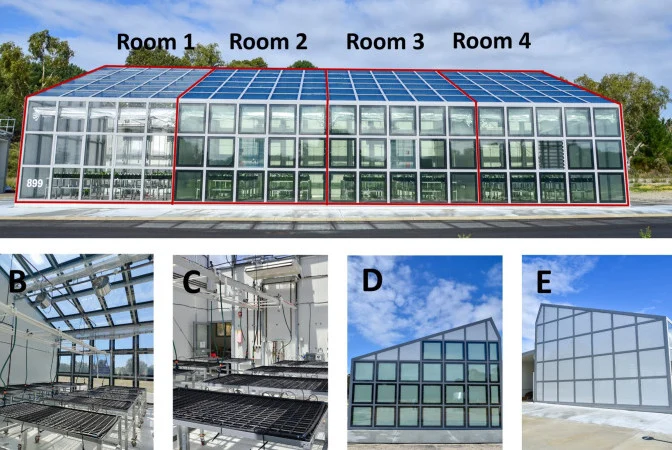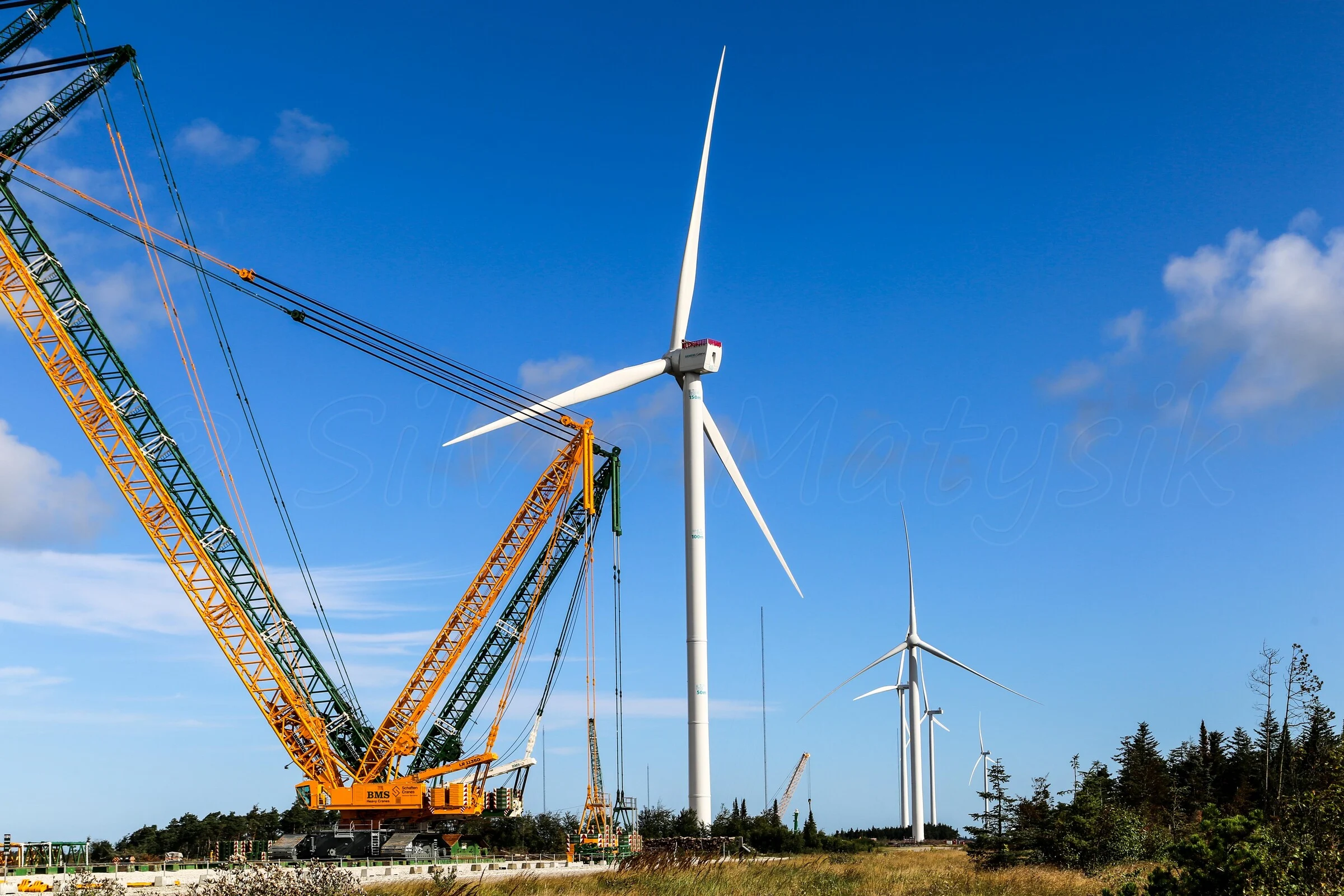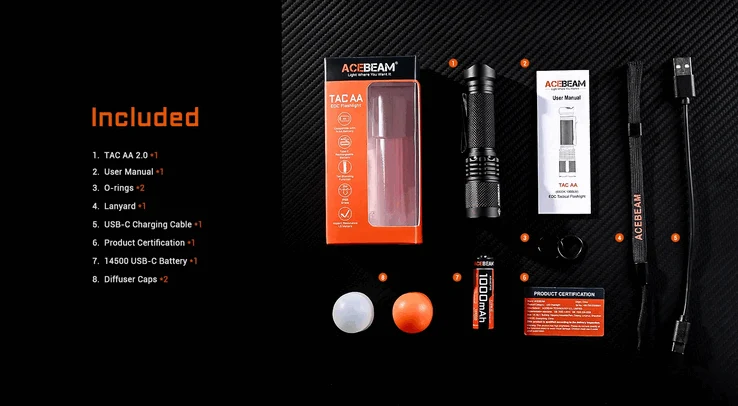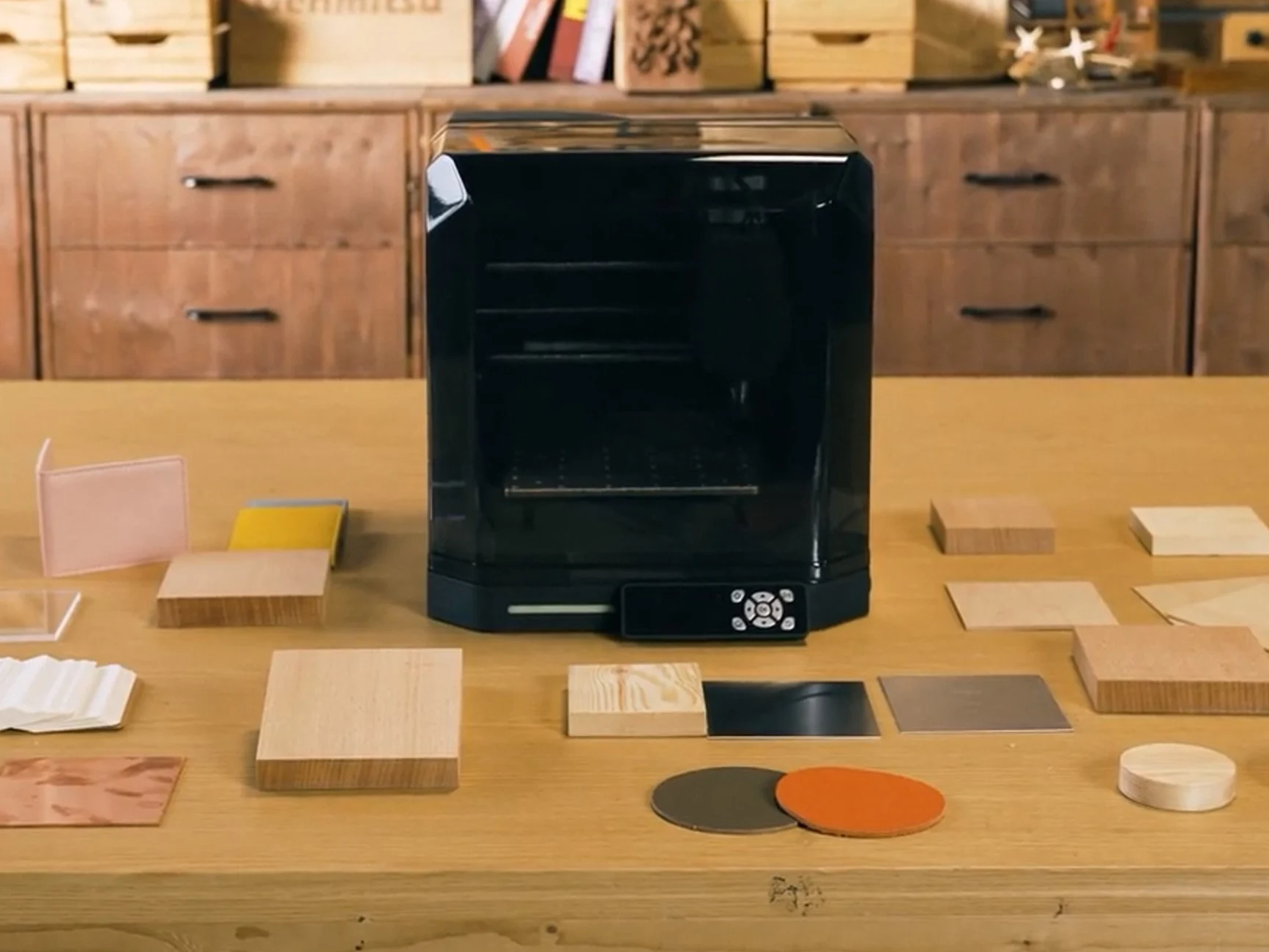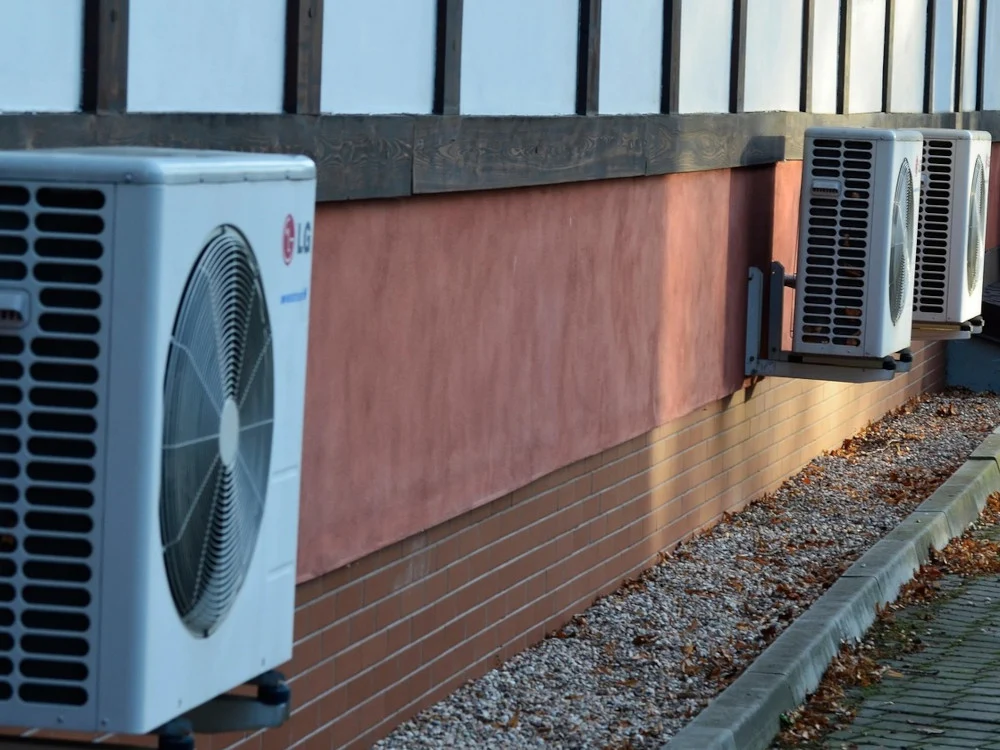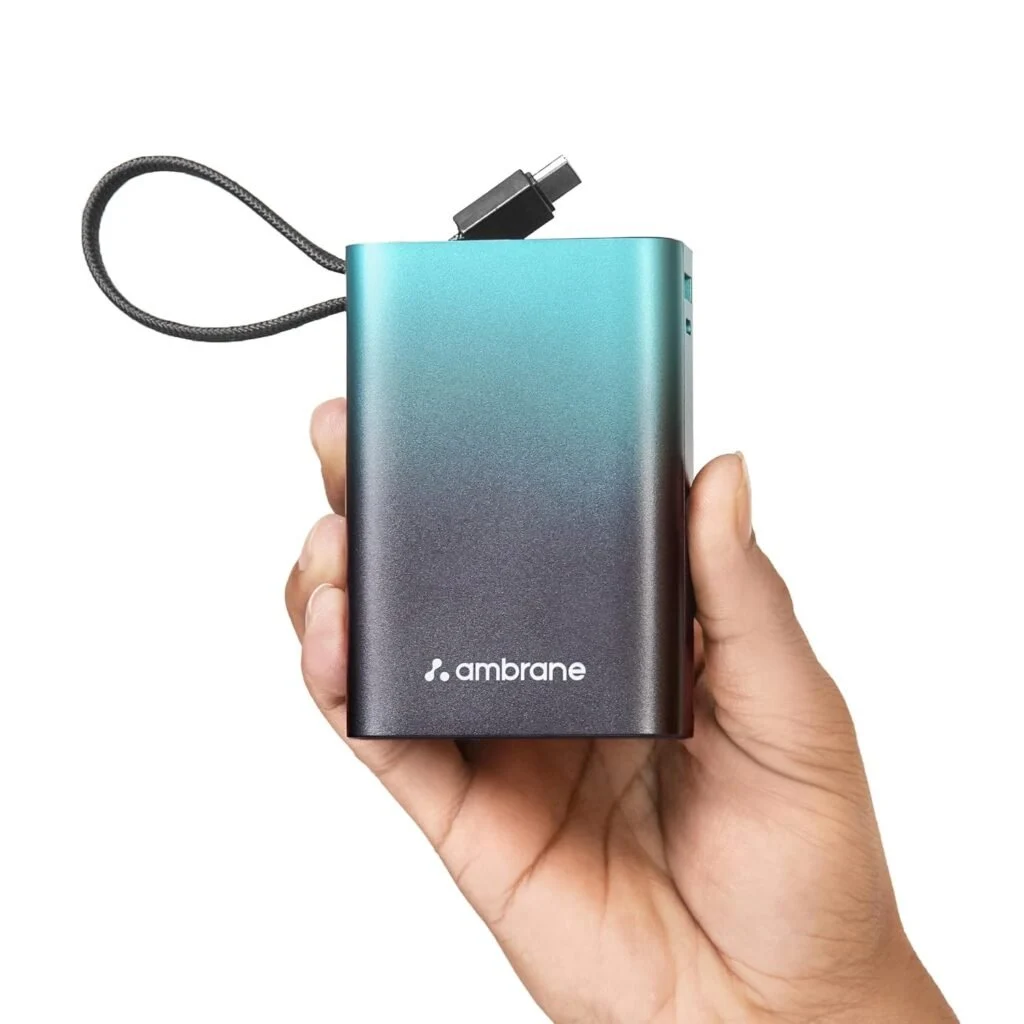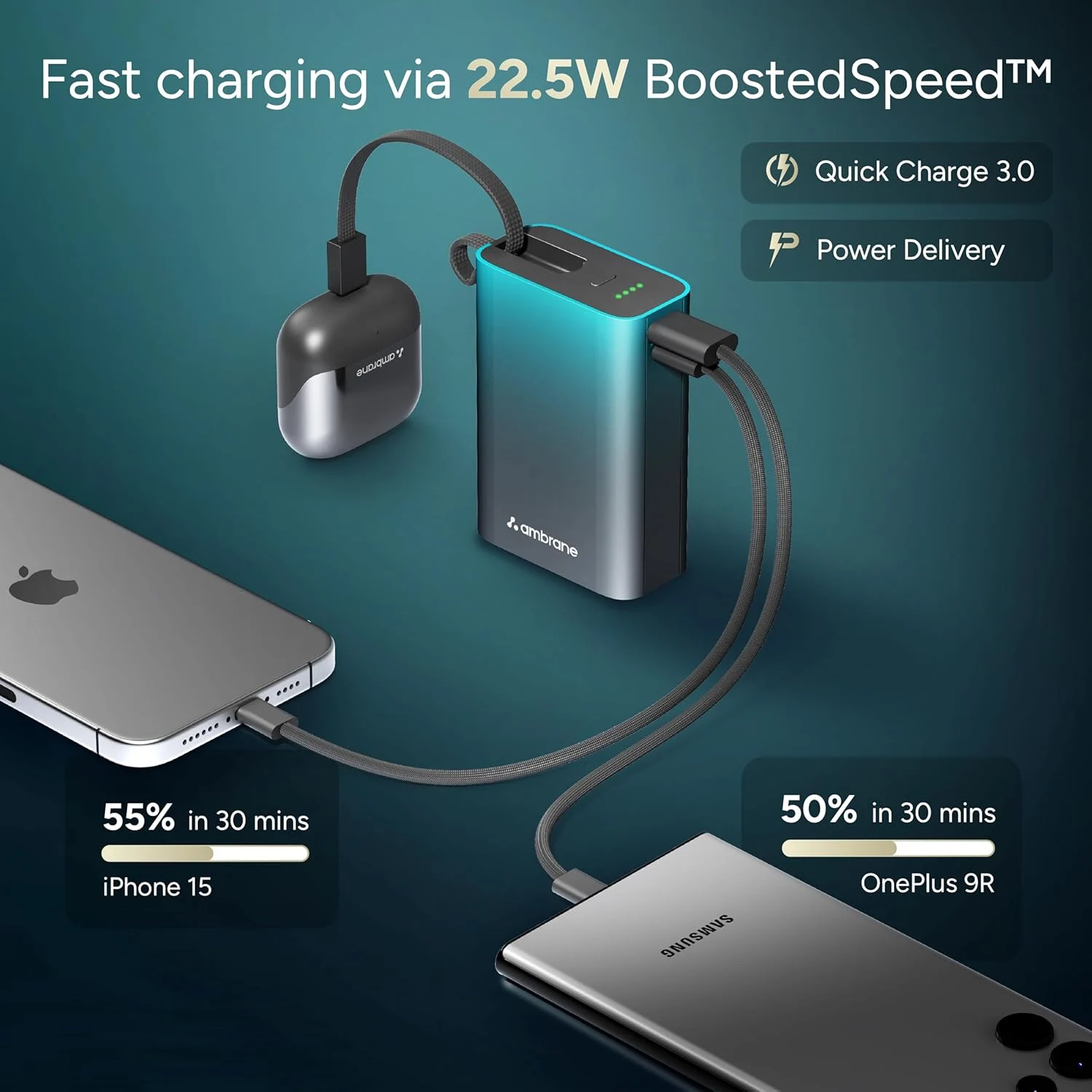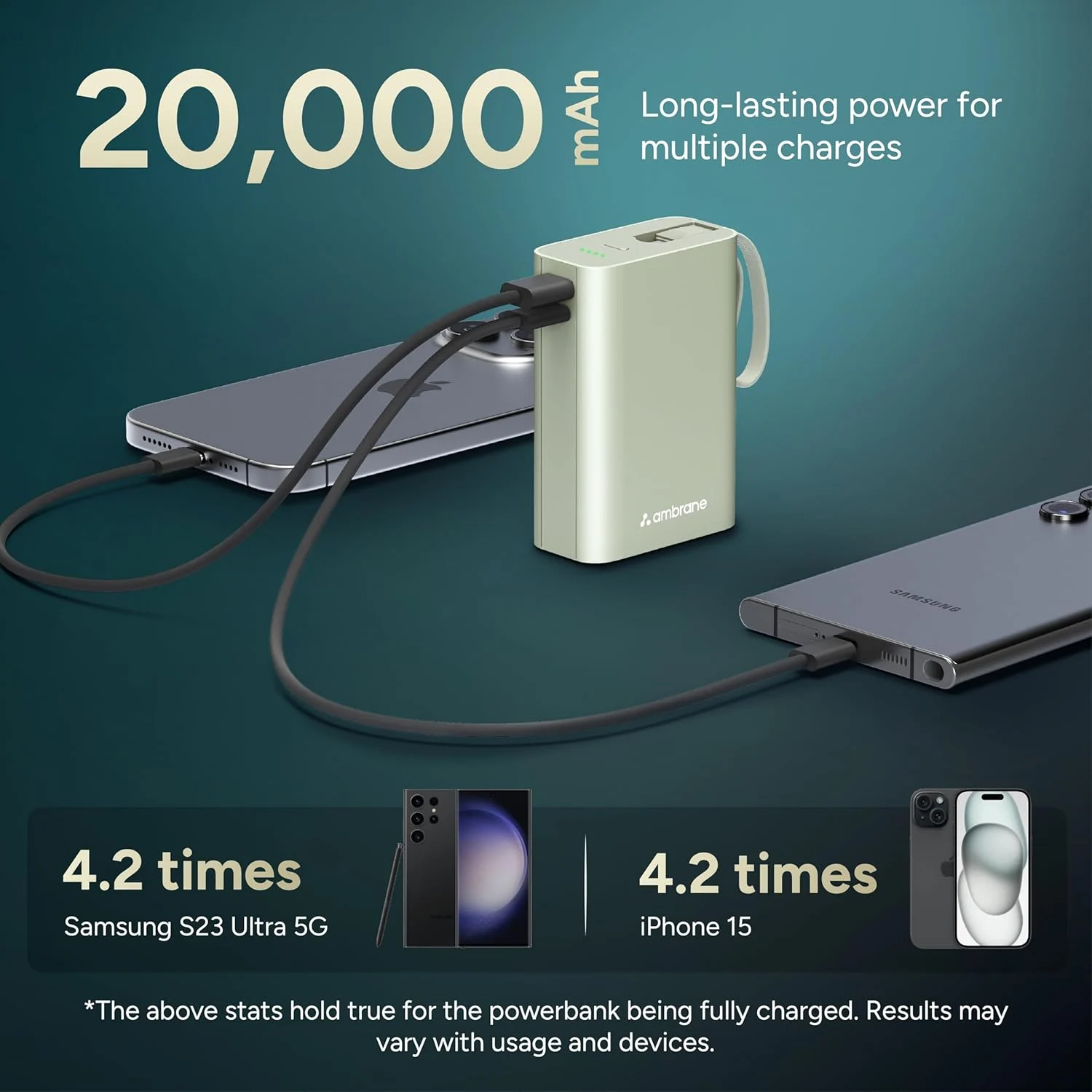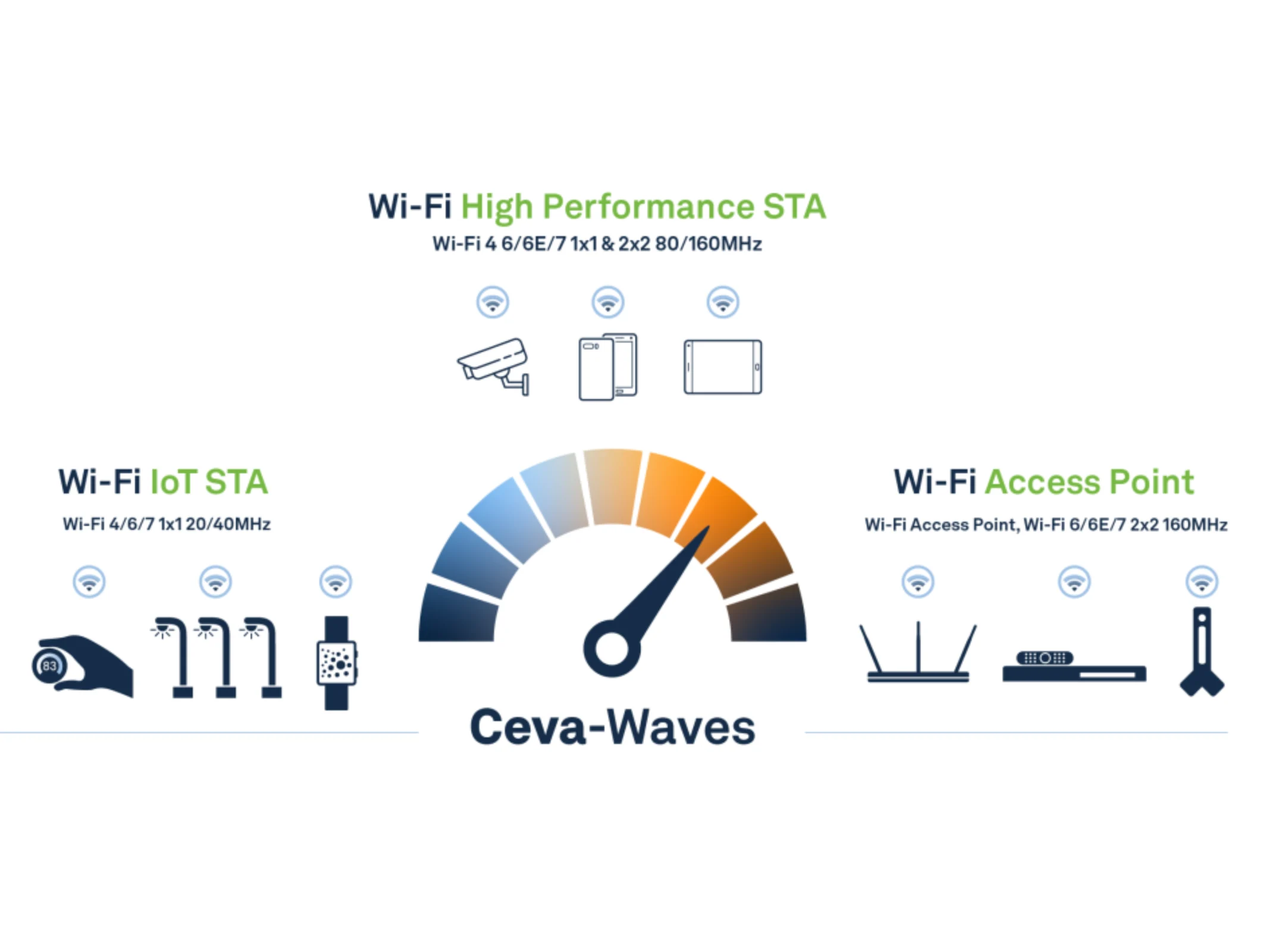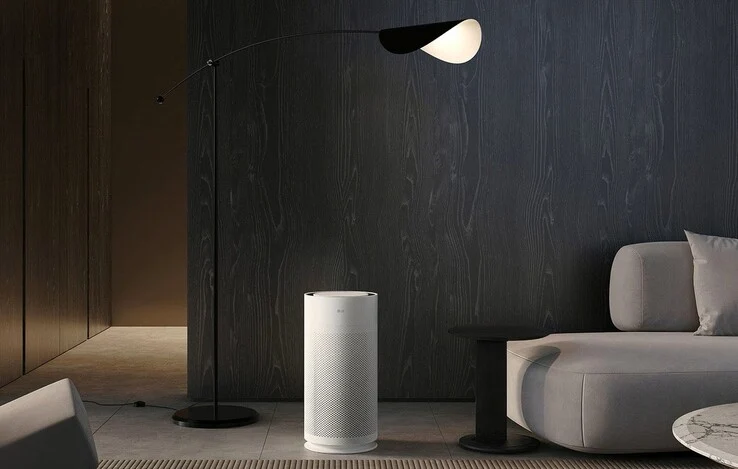Key Takeaways
1. Near-transparent solar panels replaced regular glass in greenhouses, reducing solar radiation intensity from 80% to 55%, while eliminating harmful UV radiation.
2. Most vegetable types, including peppers, tomatoes, and lettuce, showed comparable or improved growth in the new setup, while some crops like garlic and wheat grew more slowly.
3. Greenhouses with solar modules met about 50% of their electricity needs, demonstrating significant energy efficiency.
4. Water usage in the solar-equipped greenhouses was reduced by nearly one third.
5. The research highlights the potential of near-transparent solar technology for greenhouses, especially in regions with high sunlight exposure.
A detailed research conducted by Murdoch University in Perth, Australia, investigated how transparent solar panels affect the energy balance in greenhouses. Over a span of almost a year, the growth of 18 different vegetable types was monitored.
Impact of Near-Transparent Solar Cells
In the experiment, near-transparent solar cells were utilized to substitute the regular glass roofs and faces of four greenhouses. This change led to a drop in solar radiation intensity from 80% to 55% when compared to outdoor measurements. Nonetheless, the way light was absorbed varied across different wavelengths: the special glazing nearly eliminated UV radiation, which can negatively impact plant growth, while standard glazing only reduced it by about 86%. In contrast, traditional greenhouses excel in allowing light within the visible spectrum, which is essential for photosynthesis.
Surprising Growth Results
The findings were impressive: even with less overall light, plants like peppers, tomatoes, and lettuce thrived equally well in both environments. Interestingly, chili peppers showed even better growth. However, crops such as garlic, wheat, and sunflowers experienced slower growth rates.
Solar Power and Efficiency
Various aspects like ventilation, humidity control, computer management, and lighting can all be powered using solar energy. The potential for significant savings is thus clear: greenhouses equipped with solar modules managed to fulfill approximately half of their electricity requirements. Additionally, it was observed that water usage was reduced by nearly one third.
It’s important to consider that the area surrounding Perth is among the sunniest globally. Only cities like Los Angeles or Cape Town reach similar levels of sunlight exposure throughout the year. In the greenhouse regions of southern Spain, for instance, the energy output might be a bit lower. However, given the impressive results seen in plant growth, it still seems promising to implement such technology.
Source:
Link

